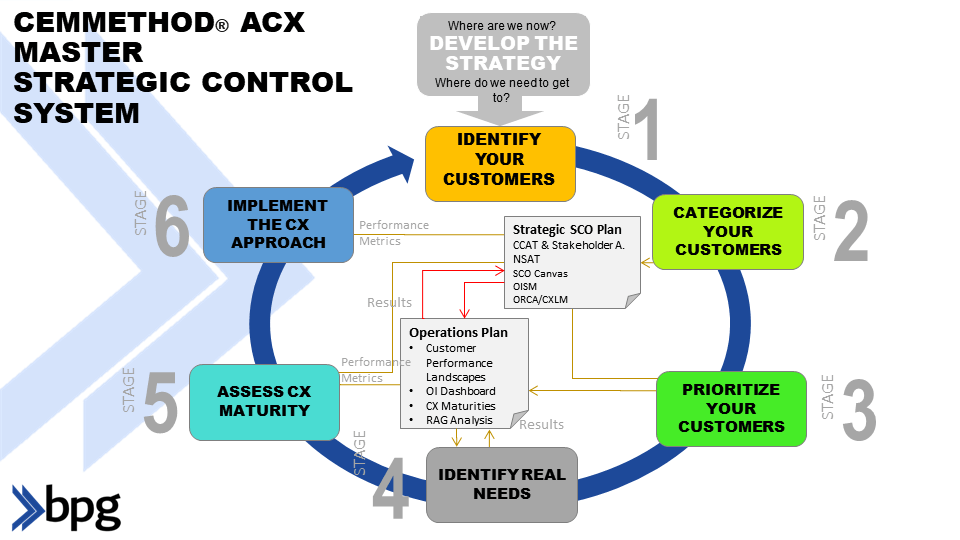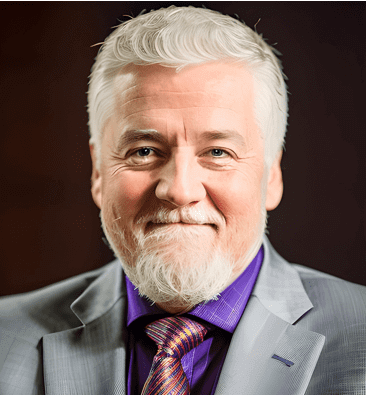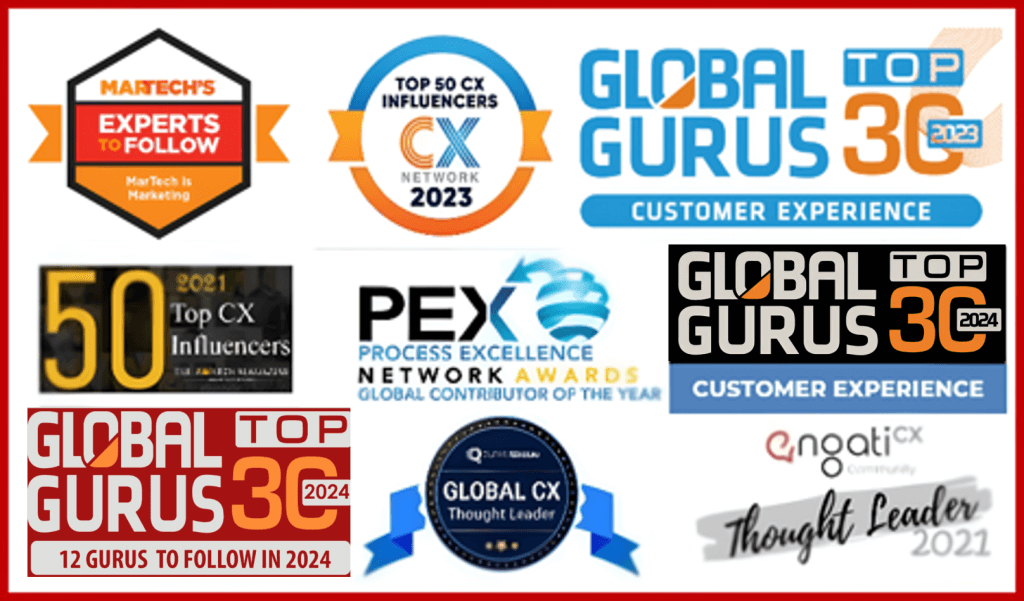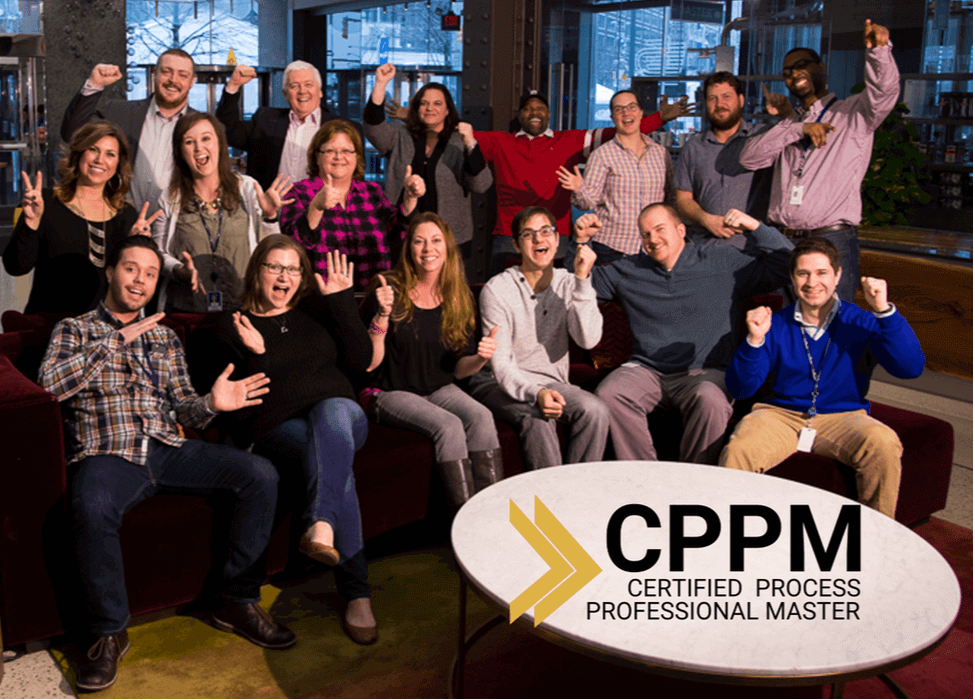What is It?
New business models emphasise the customer as part of our increasingly fast-moving markets. That shift comes from evolving customer needs and outstanding customer experiences. ‘The customer experience,’ as Steve Jobs said, ‘is the Process.’
Customer experience needs to be integrated into every business activity.

Customer Centric Process
Significance and Market Value: What Do You Do With It Now?
Customer centricity is a business value orientation in which the customer’s interests are prioritized at all stages of the customer purchase process. This means developing goods, services, and operations to make consumers happy and loyal. Customer-centric companies win the war and get more satisfied and active customers.
Understanding Customer-Centricity.
Leading Examples of Customer-centric Businesses Enabled by :
Amazon: Being Customer-First, Amazon continuously strives to enhance the ease of shopping, recommendations, and customer care.
Apple: Taking an innate look and feel of what they’re making for the user is one way Apple gained a loyal customer base that values their devices’ design and ease of use.
Zappos: This online store has changed customer service. They also provide free shipping and returns and have a 365 day money back guarantee, so your experience is really good.
Process Experts: What Are They?
Customer-centric transformation is Driven by Process Gurus:
Process engineers play an essential role in delivering customer-centric organizational transformation. They maintain and improve the business processes to align with customer demands and desires. By streamlining and removing friction, process consultants offer an effortless, enjoyable customer experience.
Needs and Specializations:
Analysis: Statistical thinking to analyse data and identify growth opportunities.
Attention To Customer: Customers and Process Design.
Communication: Communicate change and improvement with ease to stakeholders
Problem Solving: Searching for new ways to enhance customer experience.
Why The CPP?
The CPP Qualification:
With the Certified Process Professional (CPP) certificate, you’ll be able to equip professionals with the knowledge and practical skills to deliver customer-facing changes. This course offers process optimisation, customer experience and change management courses.
How To Become A Certified Process Professional:
New Skills: Educate yourself in process optimisation and customer experience management.
Advancement in the Workplace: Be the best with a recognised qualification
High Impact Work: Affect your company through customer-facing projects.
In summary:
Process practitioners have never been more in demand in a world where customers keep asking for more. Make yourself a Certified Process Professional and take your business to your customers’ future for success. Don’t miss this opportunity. Don’t fall behind the customer-centric landscape.
Register for the next CPP program and transform your career and business.
https://www.certifiedprocessprofessional.com/Sessions.html
If you want to advance your Process and CX expertise, the CPPM® qualification could be a great fit!
😎 The CPP Master® programme now incorporates AI learning and modules to adopt CX-friendly technologies.
To find out more about the complete programme, visit:
https://www.certifiedprocessprofessional.com/Sessions.html

Frequently Asked Questions Related to the Underpinning CPP CEMMethod®
Frequently Asked Questions Related to the CEMMethod®
- What is CEMMethod®? How does the CEMMethod® help? The CEMMethod® is a comprehensive approach that aims to improve customer experiences by aligning all aspects of an organization with customer needs and experiences.
It helps by:
> Lowering costs, increasing revenues, and improving service through the Triple Crown approach.
> Utilizing tools like the Successful Customer Outcome Canvas (SCOC) and the Outside-In Strategic Matrix (OISM) to identify and prioritize key customer outcomes. - Implementation Challenges: Common challenges organizations face when implementing the CEMMethod® include:
> Integrating the method with existing processes and systems effectively and efficiently.
> Ensuring that the focus remains on customer needs and experiences while addressing internal processes. - Measuring Success: Enterprises measure the success and effectiveness of the CEMMethod® by:
> Assessing the impact on key outcomes such as lower costs, higher revenues, and improved service.
> Evaluating the efficacy of techniques and approaches in real-world applications and their alignment with customer needs.
- Integration with Existing Systems: The CEMMethod® can be integrated with existing enterprise systems and processes by:
> Aligning with AI, digitization, and machine learning for significant cost reductions and revenue uplift.
> Adapting the portfolio of techniques and approaches to suit all circumstances, ensuring rigorous dashboards focused Outside-In.
For more detailed information and practical applications, you can explore the resources and guides available on the CEMMethod®.
- Integration with Existing Systems: The CEMMethod® can be integrated with existing enterprise systems and processes by:

Steve Towers, BPG’s Chief Experience Officer, is an expert in customer experience who enjoys spreading his enthusiasm for this field through coaching, consultancy, keynote speeches, and books.
Through the CEMMethod, now in version 15, he and the BPG affiliates help companies win the triple crown—the simultaneous ability to increase revenues, decrease costs, and enhance service.
With over three decades of experience working with large enterprises worldwide, Steve has distilled the successful strategies of top-performing organizations into a proprietary methodology that can be easily imparted to CX teams and executives.
His forte lies in envisioning the future of customer-centricity, customer experience, process management and realizing long-term benefits from business transformation. Steve’s approach combines customer-focused thinking, cutting-edge technologies, and a human touch.
Steve is also an entrepreneur and an early-stage investor in software companies like Parallel.
Subscribe to this channel and reach out and connect with Steve via https://linktr.ee/stevetowers


